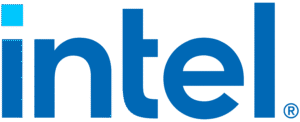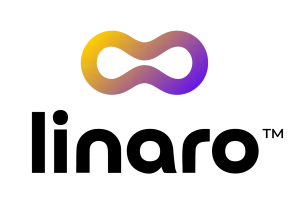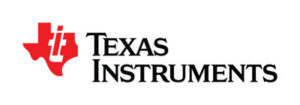About Das U-Boot
Understanding the foundational firmware that powers embedded systems worldwide.
- What is Das U-Boot?
Das U-Boot, or the Universal Boot Loader, originated in 1999 as “8xxROM” for PowerPC systems. Under Wolfgang Denk, it transitioned to SourceForge as PPCBoot in October 1999, then expanded to ARM, unifying into the “U-Boot” project. This early architectural broadening established its universal applicability, aiding Embedded Linux adoption.
By the mid-2000s, U-Boot supported numerous architectures (ARM, x86, RISC-V), becoming central to embedded Linux with continuously enhanced features like CLI, storage, and network booting. A pivotal shift was Device Tree adoption in 2011, standardizing the hardware description. This reduced code forks, enabling mainline U-Boot to support diverse hardware, fostering a unified ecosystem.
Today, U-Boot remains the most popular generic-purpose bootloader, sustained by a robust open-source community and disciplined practices. Its ongoing evolution addresses modern challenges, notably secure boot for IoT devices. U-Boot now validates software integrity within a Chain of Trust, balancing security with flexibility. With stable releases like v2025.04, U-Boot continues its foundational role for next-generation embedded systems.
- Project Governance
The U-Boot project is governed by a dedicated team of maintainers committed to its continuous development and integrity.
- Main Custodian: Tom Rini is the main custodian, ultimately responsible for applying patches (typically via pull requests from other custodians) and ensuring releases are made on schedule.
- Concept Tree Maintainer: There is also a 'Concept' tree, maintained by Simon Glass, which focuses on future directions in booting.
See also design principles, coding style, development process and how to send patches.
U-Boot.org is recognized as tax-exempt under section 501(c)(3) of the Internal Revenue Code. EIN: 33-4591093
- Infrastructure
Behind the scenes, the U-Boot project depends on a collection of more than 15 servers. Please request access to this sheet for details (include a note so we know your request is genuine).
- Contributing Companies
The U-Boot project benefits from the invaluable support of various companies and organizations. Their contributions help us maintain infrastructure, fund development efforts, and promote the widespread use of U-Boot. We gratefully acknowledge their commitment to open-source firmware.








- License Information
Das U-Boot is open-source software distributed under the terms of the:
GNU General Public License version 2 (GPLv2)
This license ensures U-Boot remains free to use, distribute, and modify, fostering a collaborative and transparent development environment.
